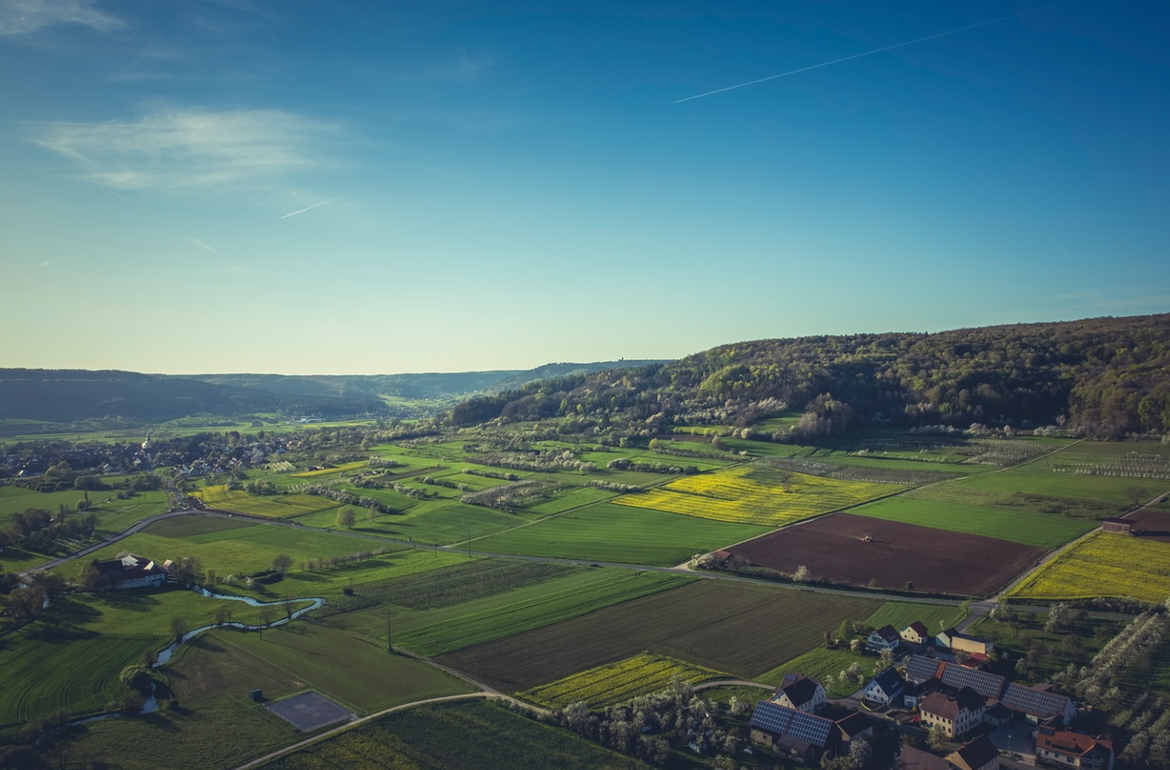How Can Agriculture Address the Growing Economic and Environmental Pressures of Climate Change?
Published on: November 18, 2016
The devastating consequences of climate change threaten our natural resources, food security, and the productivity and economic viability of farming operations. Agriculture has an important role to play in helping us mitigate and adapt to climate change, and as we approach a major administrative transition and early discussions around the 2018 Farm Bill, the connection between agriculture and climate change will need to be further explored. The National Sustainable Agriculture Coalition (NSAC) and our members believe that by giving farmers the tools to invest in their soil and become an active part of climate change mitigation, we can develop effective strategies that work for farmers, the environment, and the economy.
The Economic Impact of Climate Change
A new report released by the White House’s Office of Management and Budget (OMB) warns that the impacts of climate change will cost taxpayers hundreds of billions of dollars. The report, “Climate Change: The Fiscal Risks Facing the Federal Government,” provides analysis showing that the fiscal impact of climate change is already very real. According to the report, those risks will only continue to grow over the next century unless we take ambitious action to reduce greenhouse gas emissions (GHGs) and adapt to a changing climate.
The report lists several significant economic threats facing the nation as a result of climate change, including increases in: the need for disaster relief and flood insurance to address the heightened frequency of storms; investments to protect, repair, and relocate federal facilities impacted by rising sea levels and heavy rain events; health care costs as a results of degraded water quality, air quality, and unpredictable weather conditions; costs for fire suppression as a result of an increased frequency and intensity of wildfires across the country; and risk management for the nation’s farmers and ranchers who most directly feel the impacts of changing weather patterns and increased storm intensity. On this last point, OMB estimates there will be a 50 percent increase in the cost of the federal crop insurance subsidy program due to a changing climate in the coming decades.

